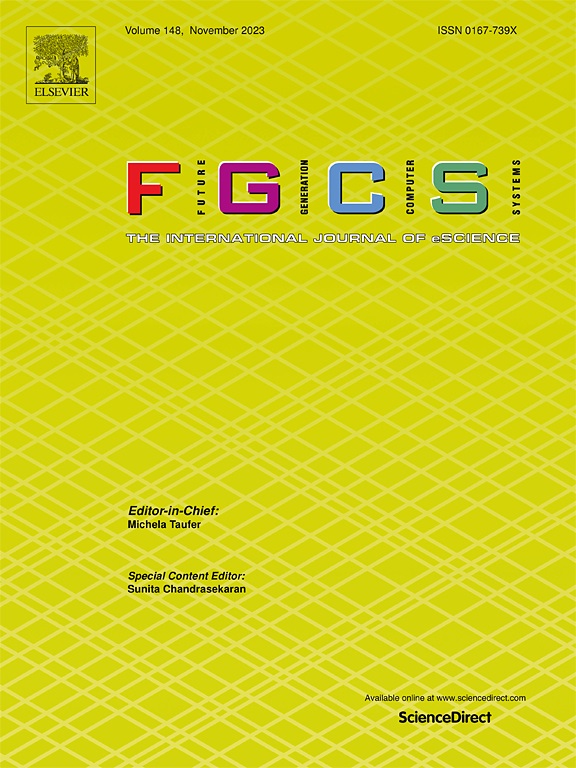A quantization-based technique for privacy preserving distributed learning
IF 6.2
2区 计算机科学
Q1 COMPUTER SCIENCE, THEORY & METHODS
Future Generation Computer Systems-The International Journal of Escience
Pub Date : 2025-02-04
DOI:10.1016/j.future.2025.107741
引用次数: 0
Abstract
The distributed training of machine learning (ML) models presents significant challenges in ensuring data and parameter protection. Privacy-enhancing technologies (PETs) offer a promising initial step towards addressing these concerns, yet achieving confidentiality and differential privacy in distributed learning remains complex. This paper introduces a novel data protection technique tailored for the distributed training of ML models, ensuring compliance with regulatory standards. Our approach utilizes a quantized multi-hash data representation, known as Hash-Comb, combined with randomization to achieve Rényi differential privacy (RDP) for both training data and model parameters. The training protocol is designed to require only the common knowledge of a few hyper-parameters, which are securely shared using multi-party computation protocols. Experimental results demonstrate the effectiveness of our method in preserving both privacy and model accuracy.
求助全文
约1分钟内获得全文
求助全文
来源期刊
CiteScore
19.90
自引率
2.70%
发文量
376
审稿时长
10.6 months
期刊介绍:
Computing infrastructures and systems are constantly evolving, resulting in increasingly complex and collaborative scientific applications. To cope with these advancements, there is a growing need for collaborative tools that can effectively map, control, and execute these applications.
Furthermore, with the explosion of Big Data, there is a requirement for innovative methods and infrastructures to collect, analyze, and derive meaningful insights from the vast amount of data generated. This necessitates the integration of computational and storage capabilities, databases, sensors, and human collaboration.
Future Generation Computer Systems aims to pioneer advancements in distributed systems, collaborative environments, high-performance computing, and Big Data analytics. It strives to stay at the forefront of developments in grids, clouds, and the Internet of Things (IoT) to effectively address the challenges posed by these wide-area, fully distributed sensing and computing systems.

 求助内容:
求助内容: 应助结果提醒方式:
应助结果提醒方式:


